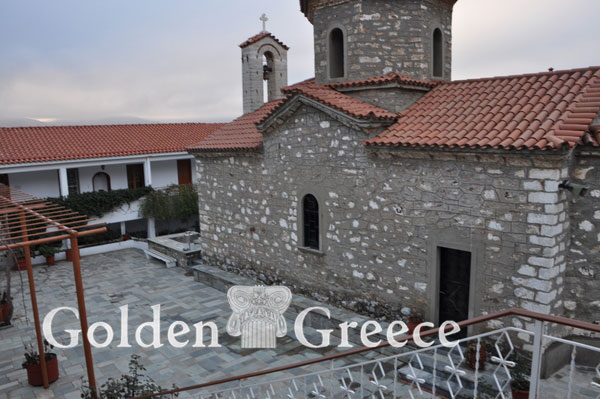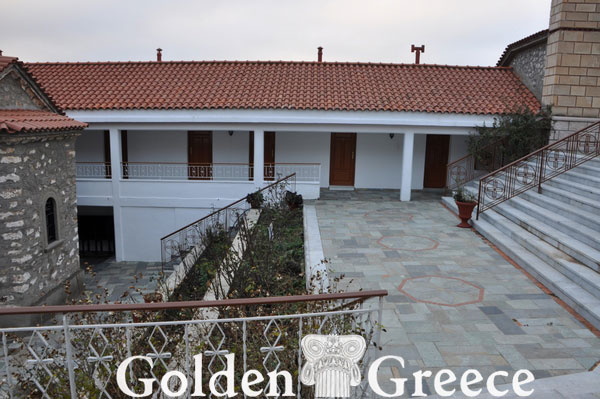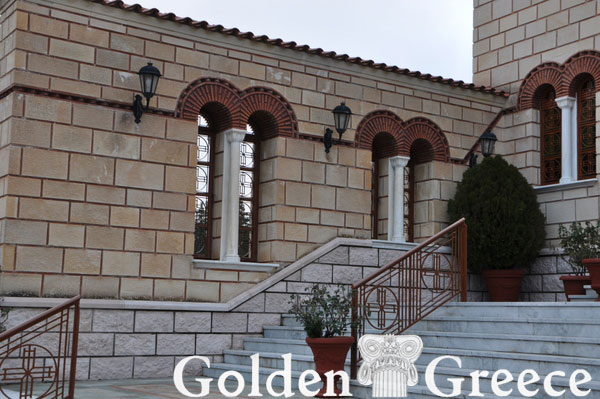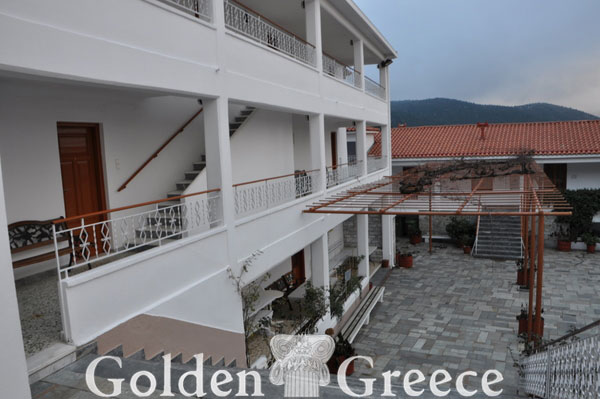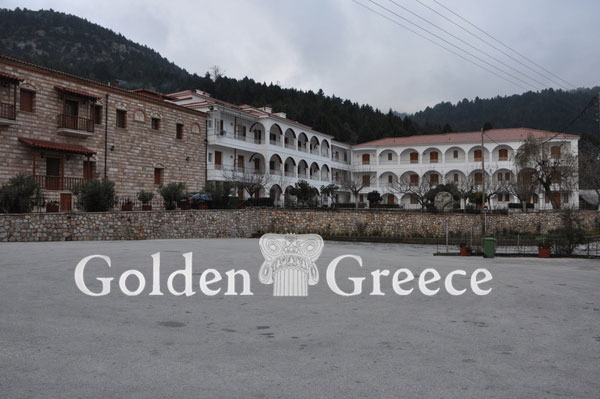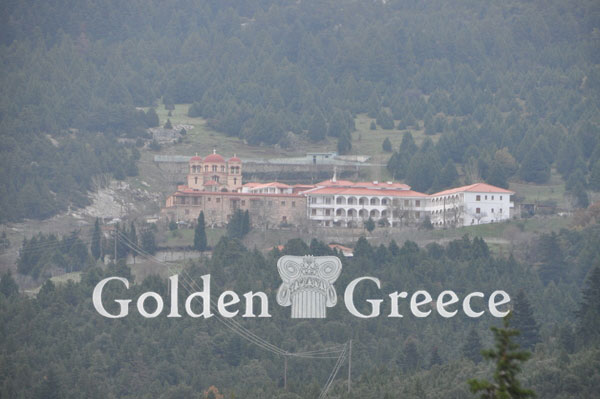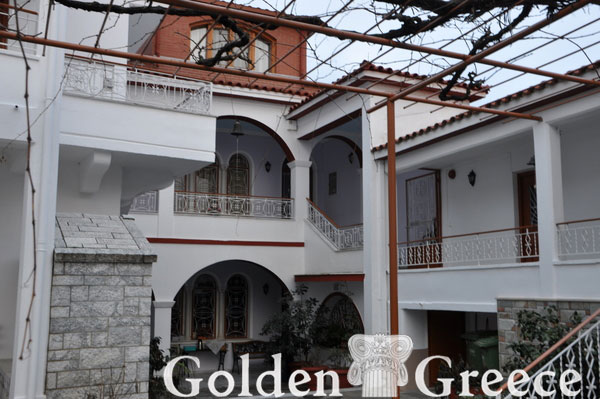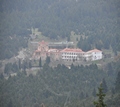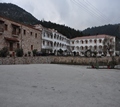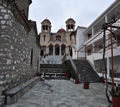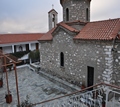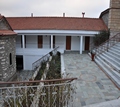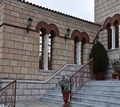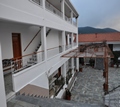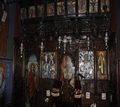
The female Monastery of Panagia Malevi is located at a distance of 44 km from Tripoli and 5 km from Agios Petros, on the road to Astros.
It is the most famous monastery of Kynouria and attracts a large number of pilgrims every year.
Built on the slopes of Mount Parnon and at an altitude of 950 m, it is surrounded by a landscape of unique beauty with a forest of the rare and protected variety of cedar.
The first monastery was built in the 14th century. The Monastery is mentioned for the first time in 1320 in a chrysobull of the emperor Andronikos Palaiologos. The Monastery was then located in the location of Pournaria a little above the location of the current Monastery. The monastery was built in its current location in 1616.
Around 1600, in the former location of the monastery (Pournaria), Saint Nilos, known as Nikolaos Terzakis, had monasticized with his uncle Makarios before they left for Mount Athos.
Before the revolution, the monastery was a refuge for thieves. Among them was the captain Zacharias Varvitsiotis. In 1786 before Easter, in an episode of robbery against the Turk Ali Sultabasi, the Turks decided to destroy the Monastery. However, their first attack was repelled by Zacharias' men and cost them many losses. A little later, the Turks, with the cooperation of the provost of Agios Petros Koutsopappa, returned and, finding the Monastery undefended, destroyed it. In November 1786 Zacharias caught Koutsopappa, whose servant he had been 5 years before, but released him after forcing him to pay 1500 grosci.
This historic monastery had an important contribution to the National liberation struggle of 1821.
From 1802 to 1805 the Monastery was rebuilt with the labor and expenses of the local residents. During the revolution it was used as a hospital and as a camp. In 1825 it was partially destroyed by Ibrahim who, during his reading there, encountered resistance. After liberation it was renovated.
The monastery's katholikon is a small single-aisled cross-roofed church with a dome and is adorned by the icon of the Virgin Mary, which is believed to be the work of 1360. The icon is considered miraculous and crowds of pilgrims flock every year to worship it.
In the precincts of the monastery, a new imposing church dedicated to the Virgin has been built. Next to the monastery is the beautiful little church of Saint Neilos. The monastery complex also includes a large newly built wing with guest houses and other auxiliary spaces.
Source: UNIVERSITY OF PATRAS
arcadia.ceid.upatras.gr
